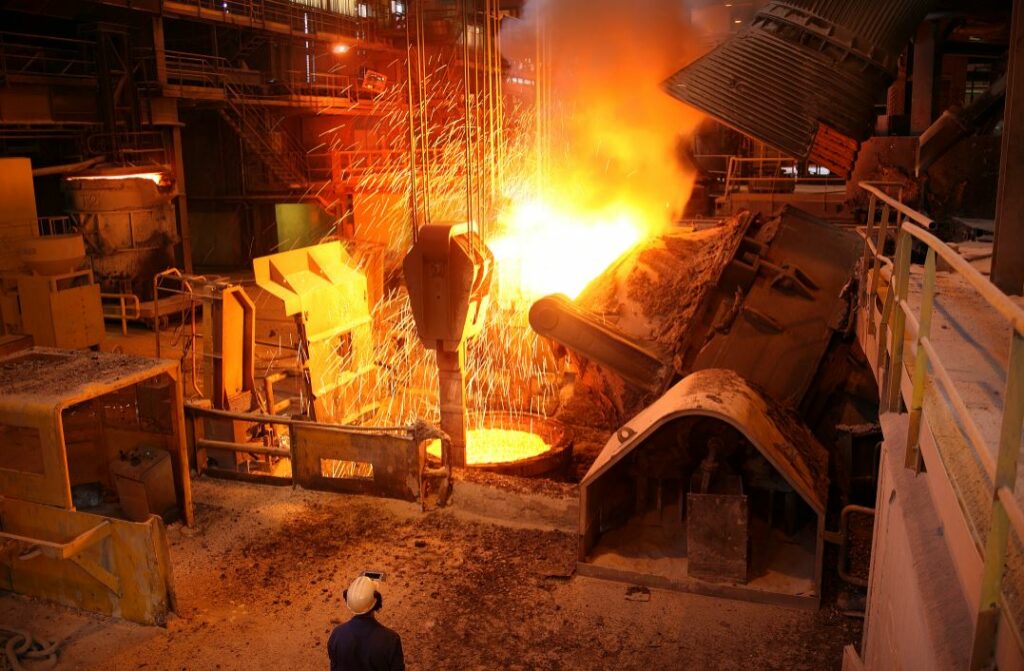In the context of global efforts to address climate change, the decarbonization of the industrial sector, which is responsible for a significant portion of greenhouse gas emissions, has become a critical area of focus. A multitude of policy instruments have been developed to facilitate this transition, each offering unique mechanisms and incentives to target emissions reductions. This article explores key instruments outlined in the “Policy Toolbox for Industrial Decarbonization” by the International Energy Agency (IEA), which provides a comprehensive framework for policymakers aiming to reduce industrial carbon footprints.
Carbon Pricing Mechanisms
A central tool in the decarbonization arsenal is carbon pricing, which effectively internalizes the cost of carbon emissions. This includes emissions trading systems (ETS) and carbon taxes. An ETS operates on the cap-and-trade principle, allowing companies to buy or sell emission allowances, thereby incentivizing reductions through market mechanisms. On the other hand, carbon taxes impose a direct price on carbon emissions, providing an economic signal to reduce emissions. While both mechanisms share the objective of reducing greenhouse gases, they differ in execution; ETS provides flexibility through market trades, whereas carbon taxes offer predictability with fixed costs.
Tradeable Performance Standards
Beyond traditional carbon pricing, tradeable performance standards (TPS) are designed to enforce a declining emissions intensity across industries. Under TPS, firms exceeding their emission intensity targets can sell credits to those who cannot, thus fostering an internal market that drives down overall emissions intensity. Compared to broad ETS systems, TPS focuses on emissions per unit of production, offering a sector-specific approach that factors in the unique challenges of different industrial processes.
Contracts for Difference
To address the financial risks associated with fluctuating prices in the market, Contracts for Difference (CfD) offer a stabilizing mechanism. By guaranteeing a specific price for an output, such as electricity or carbon allowances, CfDs provide certainty in volatile markets, thereby encouraging investment in low-emission technologies. This instrument is particularly useful in markets with high price volatility where investment decisions are hindered by financial uncertainty.
Public Financing and Incentives
Governments can further support industrial decarbonization through financial mechanisms like concessional loans, tax credits, and direct public funding. Tax credits, for instance, can be structured to reward investments in emissions reduction technologies, thus lowering the economic barriers to adoption. Structured loans and guarantees can de-risk large-scale projects by absorbing potential financial losses, making them more attractive to private investors.
International Collaboration
The role of international collaboration cannot be overstated in the quest for industrial decarbonization. Shared knowledge, financing frameworks, and standardized definitions create a level playing field, facilitating broader adoption of decarbonization technologies across borders. Such cooperation can diminish the risks of carbon leakage, ensure the credibility and accessibility of decarbonization efforts, and streamline compliance for multinational corporations.
The IEA’s Policy Toolbox serves as an essential guide for policymakers, offering diverse instruments tailored to meet the unique challenges of industrial decarbonization. By integrating market-based approaches with structured financial incentives and international collaboration, these policies create an enabling environment that not only drives down emissions but also sets the stage for a sustainable industrial future. As industries navigate the complexities of decarbonization, the strategies outlined in the toolbox provide a meticulous roadmap that can be adapted to local conditions and integrated into broader national efforts for climate resilience.





